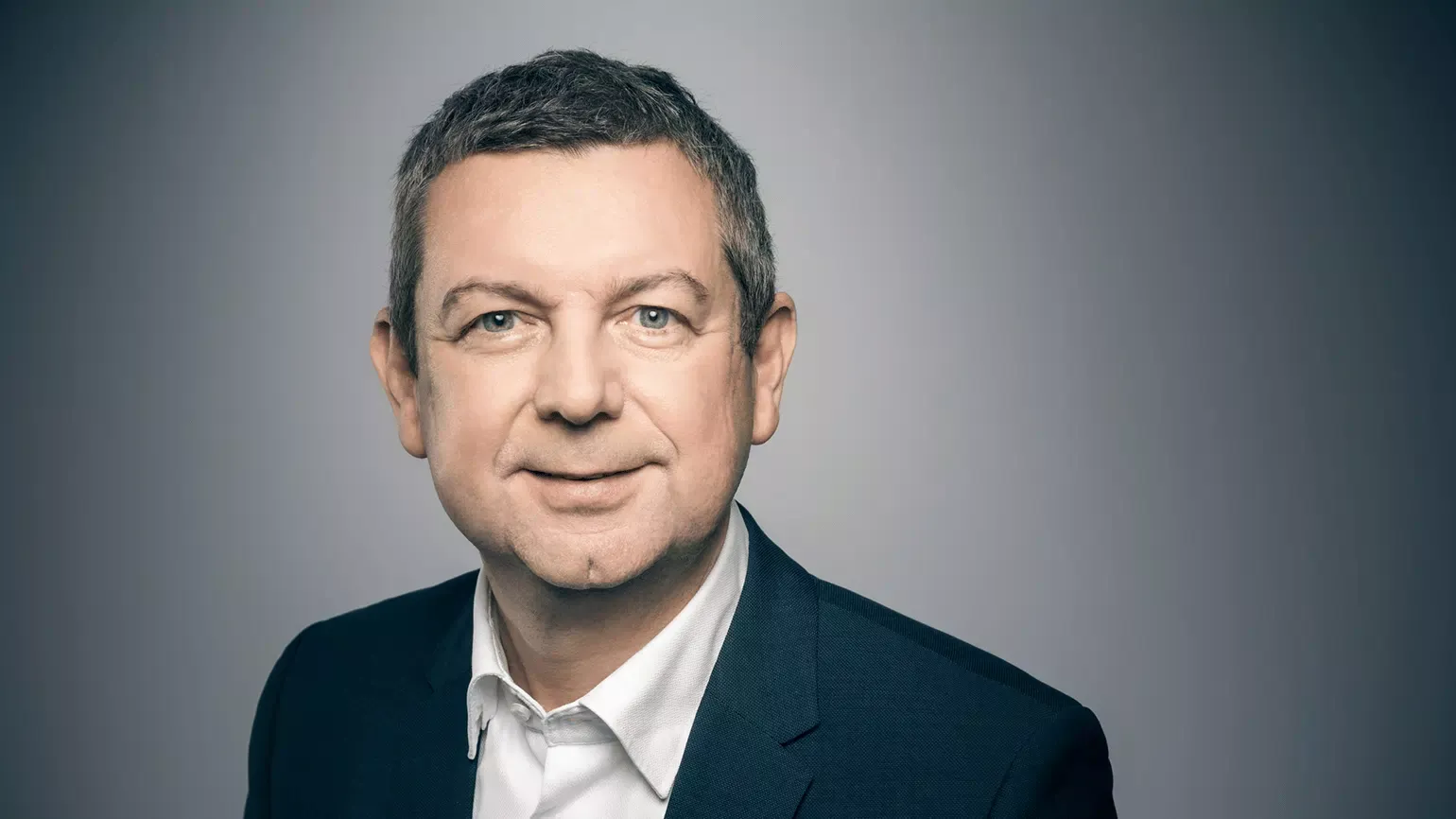Gas Exit: Fronius manufacturing sites in Austria fully converted to renewable energy

"Fronius reaches another milestone on the road to decarbonization in 2023 and achieves the gas phase-out. In Austria, we can now operate all manufacturing sites without fossil fuels", says Volker Lenzeder (CIO), who is responsible for corporate sustainability on the management board, expressing his delight at the results of the decarbonization strategy.
The energy crisis, which has been ongoing for nearly a year, has accelerated the decarbonization roadmap, but Fronius has only been able to achieve the complete phase-out of natural gas in 2023 because of years of preliminary work.
"Taking a step ahead with courage is something that has already distinguished Fronius in the past", Lenzeder points to the geothermal plant in Thalheim, which was the largest in Europe when it opened in 2011. "Fronius is not only investing in large-scale projects, however, but also effectively implemented decarbonization across the board last year. This enabled us to replace the last remaining gas and oil heating systems with pellet heating systems, heat pumps or district heating connections", says Lenzeder, explaining Fronius' path towards decarbonization.
Largest ice storage facility in Europe in operation
"The latest achievement at our largest manufacturing site in Sattledt is the new ice storage tank, which is used for both heating and cooling. With a heating capacity of 8 MW and a cooling capacity of 6.3 MW, the ice storage tank is the largest of its type in Europe", says Lenzeder, pleased with the technological progress in site engineering and the energy saved through innovation and technology.
By investing in the gas phase-out, Fronius can save more than 2.9 GWh of natural gas compared to the previous year alone at the sites in Sattledt, Thalheim, Pettenbach and Steinhaus. This corresponds to the natural gas consumption of around 73 single-family homes or 773 tons of CO2 equivalent. This year, our photovoltaic systems will generate 3 MWp of their own power. As in the past, the electricity we purchase is 100% certified green electricity.
Climate protection in practice and shortage of skilled workers
"Sustainability is a high priority for Fronius and is firmly anchored in our corporate mission statement, the "Fronius Way". Sustainability, climate and environmental protection, along with a positive working atmosphere, are crucial when it comes to recruiting skilled workers. Fronius is looking for more than 800 new employees in Austria alone in 2023. We also know from our own surveys that climate protection as a lived reality at Fronius makes it easier to find the best minds; last year, for example, we were able to recruit more than 1,000 new colleagues to the Fronius team", says Lenzeder, explaining the effects of climate protection in the recruitment of skilled workers.
Fact Box: Ice Storage
The ice storage facility consists of two concrete tanks, each 20 meters in diameter and 5.5 meters high, built below the underground parking garage in the ground of the northern extension of the Sattledt site. Inside the two cylinders is an 88-kilometer-long network of pipes in which a frost-proof liquid circulates. The concrete cylinders themselves are filled with water. The principle is the same as for a heat pump in a single-family home. Basically, energy is extracted from two media: once from the water in the ice storage tank and once from the air via recoolers on the roof of the building services center. Heat pumps compress the extracted energy to a higher flow temperature, which is used for heating. The heat extraction from the ice storage causes the water in the buried cylinder to freeze. When the state of aggregation changes, as much energy is released as is needed to heat one liter of water from 0 to 80 degrees. At the end of the heating period, the reverse effect occurs. Cold is extracted from the frozen water to cool the buildings.
